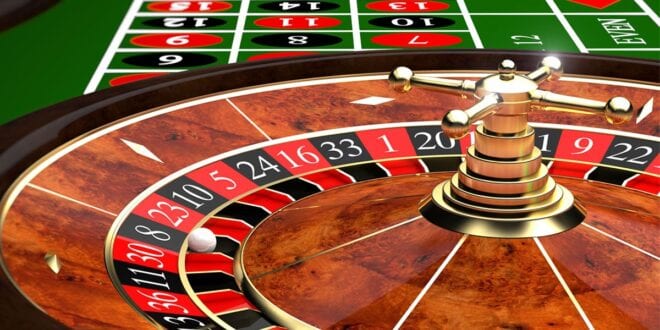When people think of traditional casino games, some tend to spring to mind right away: Roulette and Blackjack. When it comes to the table games in a casino, these are among the most well-known and popular with players.
Whether you’re playing at a physical location or online via sites like Online-Roulette.com, these games will be readily available.
Roulette and Blackjack are both quite different and will appeal to a varied audience. For example, Roulette is very quick to pick up and accessible so is likely to be more appealing to a complete casino newbie than card games.
One thing that all these casino games do have in common is that you need to have a good understanding of the rules if you want to increase your chances of winning big. For this reason, the following article is dedicated to providing you with an overview of how to play these casino classics.
How to Play Roulette

The overall concept of Roulette is very simple. All you need to do is guess which pocket the little ball will land inside once the wheel has stopped spinning. This simplicity makes Roulette a seriously popular game with players of all levels. You can try it here: onlineroulette.net.nz.
There are two main elements to the game of Roulette: the wheel and the table.
The wheel is where the action happens and winning bets are determined while the table, which is divided up into multiple sections, is the area where the chips are laid for bets to be placed.
The Roulette Wheel Layout
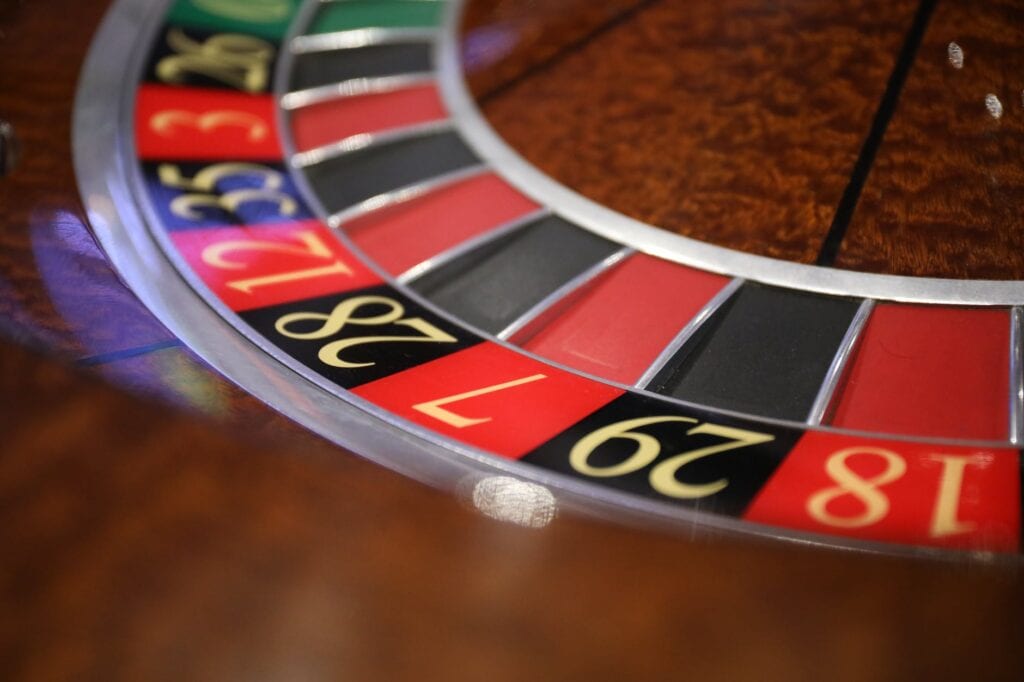
The game Roulette originally comes from Europe and features a wheel that is divided into pockets numbered from 0-36.
In North America, wheels are slightly different. They have an additional double-zero pocket, which increases the house edge slightly to tip the odds even further in favor of the casino. As a result, players will prefer to play on a European wheel where possible.
A typical Roulette wheel is divided up as follows in a clockwise direction:
0-28-9-26-30-11-7-20-32-17-5-22-34-15-3-24-36-13-1-00-27-10-25-29-12-8-19-31-18-6-21-33-16-4-23-35-14-2
The even numbers from 1-10 and 19-28 are black while the odds are red. The odd and even colors are switched in numbers ranging from 11-18 and 29-36.
The 0 and 00 pockets are both colored green.
The Roulette Table Layout
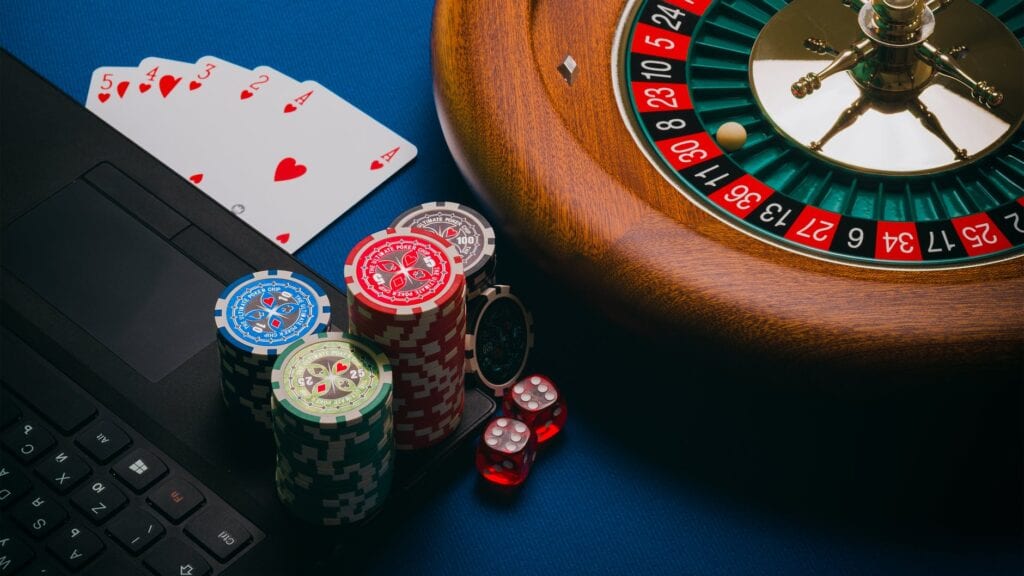
As already mentioned, the table is the section where players will lay their chips before the wheel is spun to place bets.
The table features a grid design that is divided up into multiple different bets. This makes it quite simple to see exactly what you can bet on and where you should lay your chips. The odds for each bet type are also labeled on the sections.
On the table, there are 2 main bet categories: inside and outside bets, which relate to the area of the table where they’re found. Inside bets include the individual numbers as well as smaller groups of numbers. Inside bets have better payouts but lower chances of winning.
Outside bets are bets that have been grouped into larger categories to increase your chances of winning. Naturally, the payouts for these bets will be lower than the inside bets.
Roulette Bet Descriptions and How to Place Them
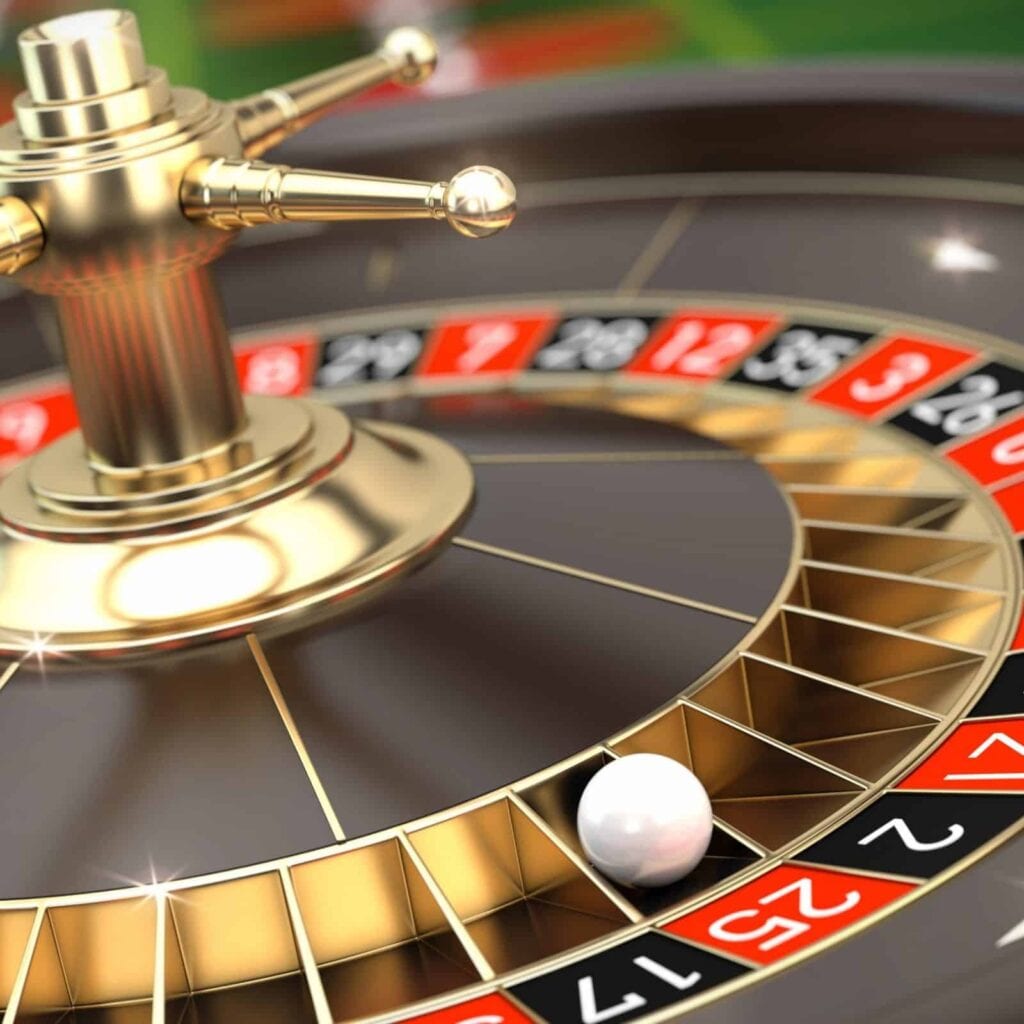
Inside Bets
- Straight Bet (pays 35 to 1) – This is a simple bet on a single number. It is placed by putting your chips directly on top of your desired number. The 0 and 00 pockets can be bet on here but the payout is still 35 to 1 despite the odds being 37 to 1.
- Split Bet (pays 17 to 1) – Here you increase your odds slightly by betting on 2 numbers. To place this bet, chips are placed on the line that divides the 2 numbers.
- Street Bet (pays 11 to 1) – Sometimes known as a tri bet, you are placing a bet on any number in a particular row of 3. Chips are to be placed on the outside line of the row you’d like to bet on.
- Corner Bet (pays 8 to 1) – This is a bet placed on 4 numbers where the chip must be placed at the very center of the numbers you wish to bet on.
- 5-number Bet (pays 6 to 1) – Also known as a “5 bet”, you are wagering that either the 0, 00, 1, 2, or 3 will win. To place the bet, the chips need to be put on the line that divides the 0 and 1.
- 6 Line Bet (pays 6 to 1) – Here you are betting that 1 of 6 numbers in adjacent rows will show up. To place the bet, your chip needs to be put on the outside line between the 2 rows you wish to bet on.
Outside Bets
- Red or Black (pays 1 to 1) – This is perhaps the most well-known bet in Roulette. It is placed by simply putting your chips on either the red or black boxes on the table.
- Even or Odd (pays 1 to 1) – Place your chips on the box marked even or odd. The 0 and 00 pockets are not included in this bet.
- Low or High Bet (pays 1 to 1) – A high bet means you are betting on the lower half of the wheel, which is numbers 1-18. Of course, the high bet is numbers 18-36. The bet is placed by using the boxes marked “low” and “high” on the table.
- Dozen Bet (pays 2 to 1) – A dozen bet divides the table into 3 sections of 12 numbers each. You can bet on numbers 1-12, 13-24, and 25-36 by placing your chips in the corresponding boxes.
- Column Bet (pays 2 to 1) – You can bet on all numbers inside each of the 3 columns on the table by placing your chips on top of the box that aligns with your chosen column. These boxes are labeled “2 to 1”.
How to Play Blackjack
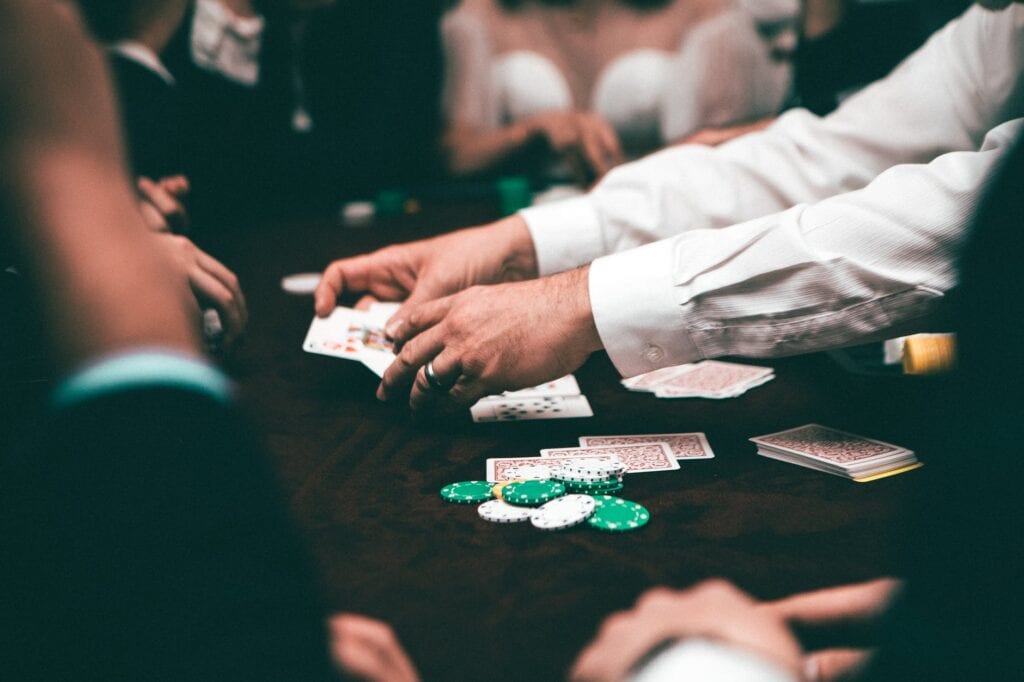
Unlike Roulette, Blackjack is a card game and is played between the player and dealer with a standard 52-card deck. Multiple players can play at the same time but each player’s hand goes up against the dealer instead of against each other as you would in Poker.
The object of Blackjack is to win money by defeating the dealer’s hand. You defeat the dealer by getting closer to 21 with the sum of your hand without going over. Going over 21 is termed a “bust” and is an instant loss. By following the strategy of counting cards you can increase your winning chances. But this infamous technique is not just very hard to learn and easy to detect but also normally forbidden.
The numbered cards in Blackjack count as their usual value, the picture or “face” cards (jack, queen and king) count as 10, Aces can count as either 1 or 11 depending on the player’s choice.
Blackjack Game Play
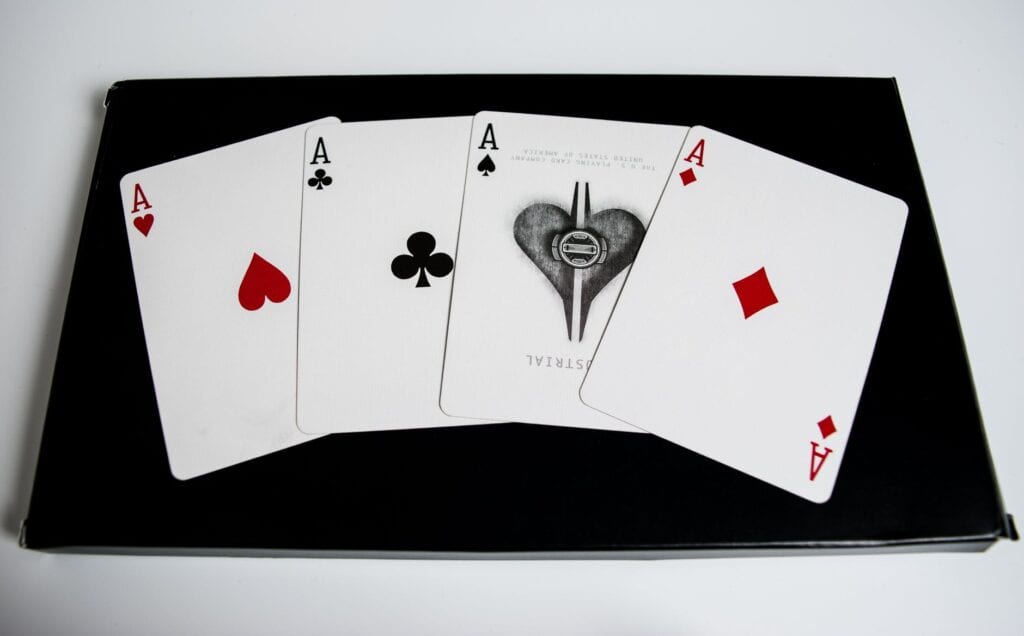
The round begins with all players placing their bets.
The dealer then deals each player 2 cards from the deck, which are usually both placed face up. The dealer also deals 2 cards to himself with one being laid face down on the table so no other players can see it.
Players take turns playing their hands out. A play can decide to hit, stand, split, double-down, or surrender to create a hand they feel has the best chance of beating the dealer. In an ideal world, the player would end up with their cards totaling 21.
The dealer plays last and must follow some specific rules. They are required to hit on 16 or less and must stand from 17 through to 21.
If the player’s hand is higher than the dealers, without going over 21 (“bust”), they win. If the dealer busts and the player’s hand is below 21, the player wins.
If the player receives an ace and a 10-valued card, this is called “Blackjack”. If the dealer doesn’t also have Blackjack, the player wins and usually receives a bonus. When both the player and dealer make Blackjack, nobody wins the hand. This is known as a “push”.
Standard Blackjack Decisions
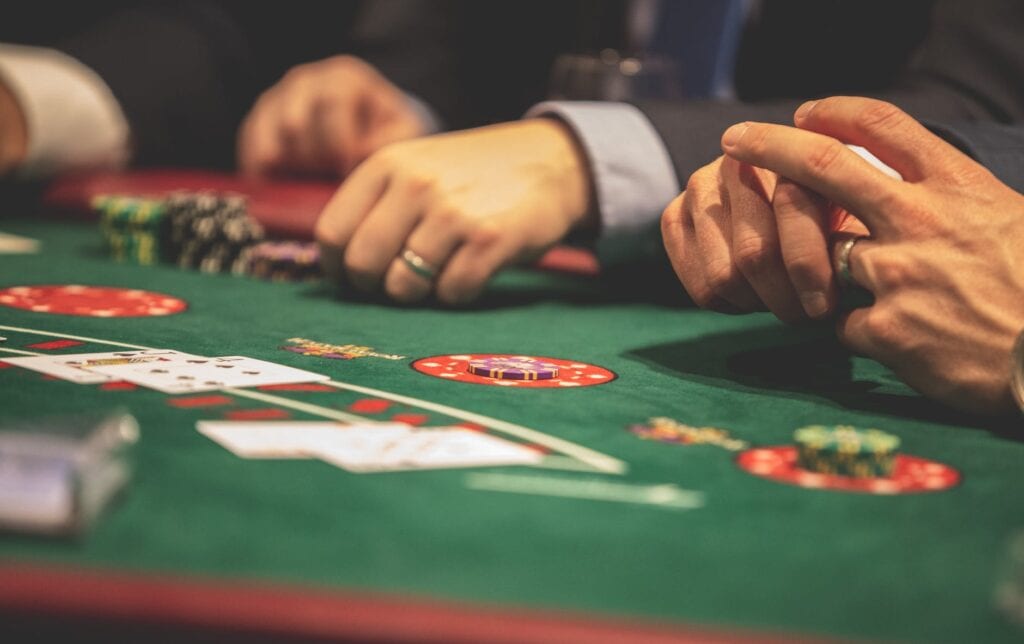
There are many variations of Blackjack and some have their own rules and decisions for the players to make. The list below features the common decisions players can make during gameplay.
- Stand or “Stick” – The player is happy with their current hand and wishes to stay as they are
- Hit – The player would like to receive another card from the dealer
- Double Down – The player can double their initial bet by committing to stand after drawing one and only one more card.
- Split – If the player’s first 2 cards are a pair, they can split them by placing an additional bet of the equal value to their original bet and playing the cards as individual hands. The player now has 2 hands running at the same time and can continue drawing cards as normal for each hand.
In some casinos, split-aces is an exception where only 1 additional card can be drawn for each hand.
- Surrender – This option is not always available but it permits the player to surrender at the very beginning of the round with an automatic 50% loss of their stake.
 Imagup General Magazine 2024
Imagup General Magazine 2024
